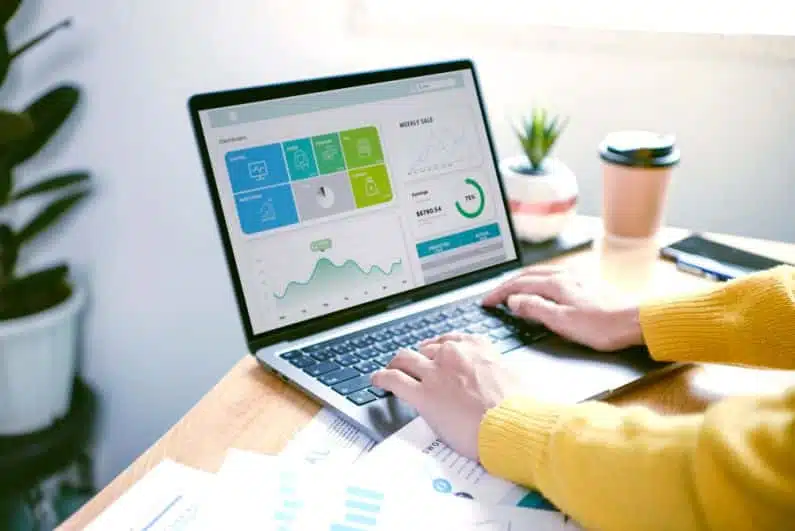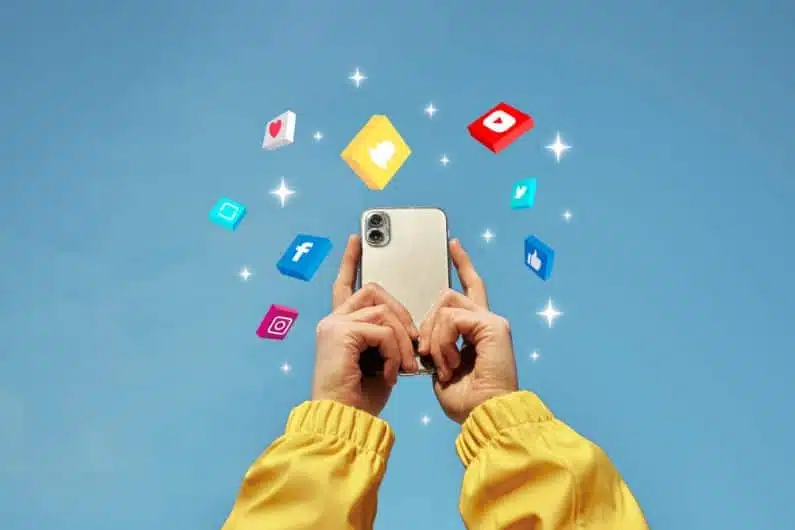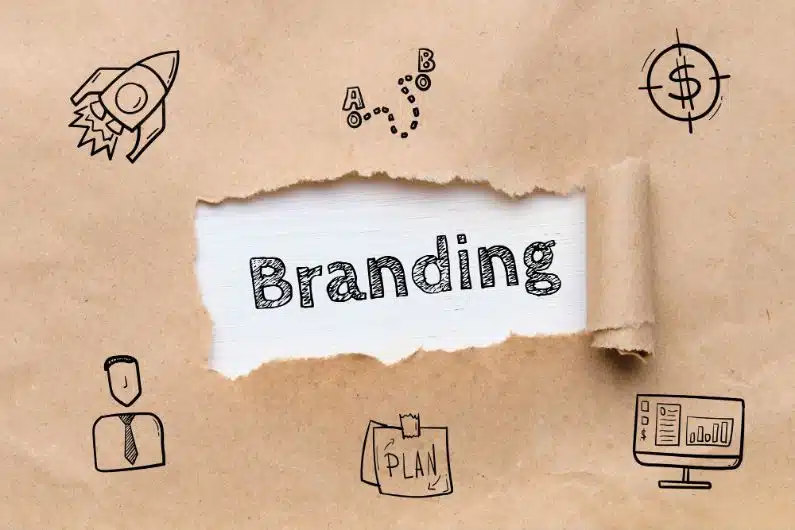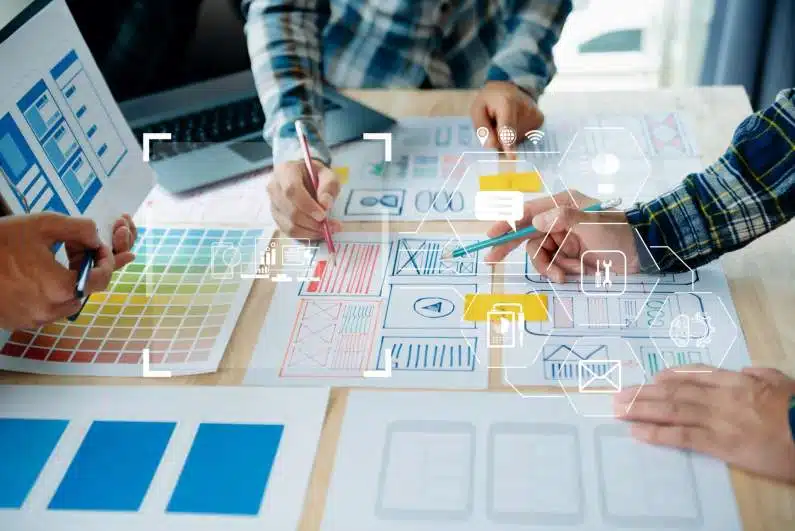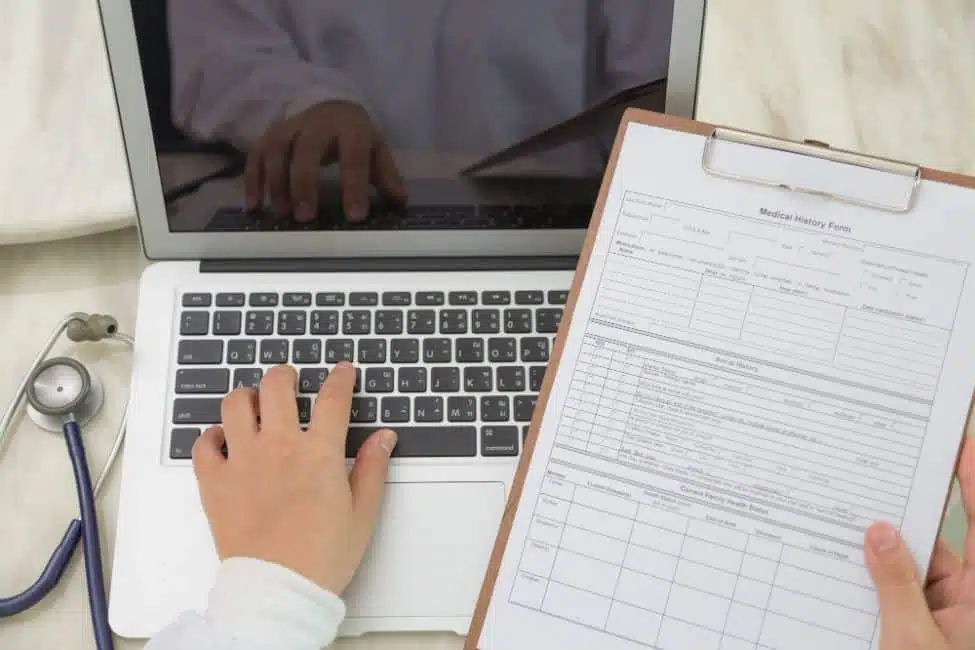An infographic is a powerful visual tool that allows for simply conveying complex information, as it is a graphical and visual representation of data or information; in other words, it demonstrates information through images. Infographics translation further enhances its global reach and impact.
You have undoubtedly seen infographics before. They can be found, for instance, on the safety cards placed on the back of the seats on airplanes, or in classrooms in the form of posters to teach certain concepts to children – you may remember a famous infographic about the water cycle.
This form of communication, made possible thanks to the advent of computing, often holds both informational and marketing value.
As we are talking about images, why would a translation be necessary? Well, simply because an image without captions can lead to misunderstandings.
To prevent your target audience from being faced with an infographic whose meaning is not understandable, we can only recommend that you use a professional translation service.
In this article, we will explore the reasons why it is important to translate your graphic content, as well as the steps that allow you to adapt your company’s infographics to a foreign audience.
Why Translate Infographics?
Reaching a Wider Audience
The prospect of expanding your audience is probably the main reason that might encourage you to translate your infographics. But if your content is only translated into English, even though it is an international language, you limit yourself to an English-speaking audience only. Thus, by translating your infographic content into a wider range of languages, you can reach a larger and more diverse audience.
As mentioned in the introduction, although the message of your graphic creation is visual, the captions and written data are crucial to ensure its proper understanding. Especially since, on this type of document, the small amount of text and written data are often very important and contain key information that should not be overlooked.
Increasing Engagement With an Infographic Design Agency
In the dynamic world of digital marketing, customer engagement stands as a pivotal focus. Generally, the engagement rate of consumers and users is notably heightened, particularly on social networks, when they encounter content crafted in their native language. Collaborating with an infographic design agency takes this a step further, magnifying the visual appeal and relatability of the content.
By entrusting your infographic translations to a skilled infographic design agency, you not only foster a multilingual platform but also elevate the potential of reaching and captivating a diverse audience spectrum.
The transformative step of translating your infographic amplifies the probability of a large segment of the population interacting with, sharing, and responding to the rich and resonant information it embodies, thus paving the path for a global conversation stimulated by well-curated visual narratives.
Conversely, content that remains inaccessible and incomprehensible will scarcely command the attention and engagement of the public, thereby narrowing the scope of its influence and reach.
On the contrary, incomprehensible content will not attract public attention. Although, due to its visual aspect, a graphic creation is supposed to arouse the interest of the viewer, the message will not be transmitted if the data remains out of reach.
Improving SEO
Translating your infographic can also help you improve your search engine optimization (SEO). Indeed, if you have web content in different languages, you can appear at the top of search results worldwide. In addition to gaining visibility, your content will be clear and understandable, allowing you to attract a larger and varied clientele, which, in the long run, will help you achieve the goals set for your company.
How to Translate an Infographic?
Hire a Professional Translator
As language professionals, we must remind the public that translation is not just about words, but also about context and culture; that’s why it is preferable to hire a professional translator who will understand not only the language but also the culture of your target audience. This will avoid communication errors and allow the audience to easily understand the transmitted message.
You will also need to find translators familiar with the world of marketing, who will be able to offer file processing and custom infographics translation.
Adapt the Design
As you may have understood, infographics translation is a complex process that requires a deep understanding of the target language and associated culture.
Translation is not limited to the simple literal transposition of text into foreign languages but also involves adapting the design to ensure that the infographic is intelligible and relevant to the target audience. For instance, some languages read from right to left rather than left to right, and it’s important to adapt graphics accordingly.
You will probably also need to adjust the text size to fit the text into the available space, since the length of sentences can vary considerably from one language to another. For example, English will generally be shorter than its translation into German.
Test and Revise Infographics Translation
Once you have translated and adapted your infographic, it is essential to test it with your target audience to ensure clarity and correct message transmission. Even if you have properly translated and adapted your content, some elements may not have the expected effect on your target audience; testing allows you to remedy this type of disappointment before your infographic gains too much momentum.
Conclusion
Infographics translations may seem like an additional, tedious, and futile task, but the benefits they can bring are worth it.
By using translation services such as those offered by BeTranslated, you will have the guarantee of reaching a larger audience, stimulating the engagement of your audience, and improving your natural SEO internationally.
At BeTranslated, we specialize in the translation of a wide range of web and IT content and treat each project with the same care and attention to guarantee your company impeccable quality results.
We work with classic languages, such as English, German, or Spanish, and exotic languages, such as Chinese, Russian, Albanian, Korean, or Maltese, and many more.
Do not hesitate, and contact us, whether your project contains images or text only!
